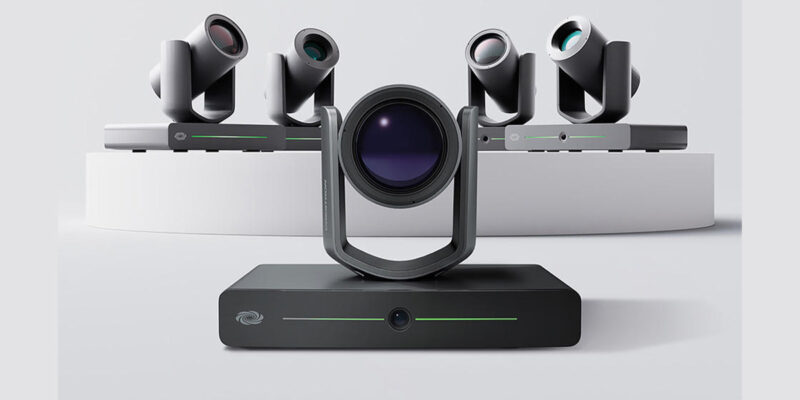Wireless — Are We Getting There?
 Back in the fall, I wrote a column about the Microsoft Surface 3. At the end of that column I teased a bit about what I thought was one of the best features of the Surface, but warranted a separate column. Specifically, the built in WiDi or MiraCast. Since that time I have gotten to read more about the tools, and use it more regularly.
Back in the fall, I wrote a column about the Microsoft Surface 3. At the end of that column I teased a bit about what I thought was one of the best features of the Surface, but warranted a separate column. Specifically, the built in WiDi or MiraCast. Since that time I have gotten to read more about the tools, and use it more regularly.
My experiences are hopeful, but mixed. First of all, it is actually rather difficult to find information about WiDi and MiraCast. I have done a fair amount of research, and understand the basic principal of both, but also am unable to determine the technology behind each. In fact, despite a fair amount of research, I can not tell you whether the Surface uses MiraCast technology or WiDi technology. This is important because as we try to implement these into our environments, we need to understand how they work. Here is an example. I bought a NetGear Push2TV. This is a receiver for MiraCast and WiDi. I can connect to it with only three easy taps on my Surface and wirelessly display on a large monitor. However, on occasion, I can not see the Push2TV as a source from the Surface. Certainly, a 85 percent success rate is OK for the lottery, but not for my classrooms. The only way for me to get a good consistent working connection was to disable some feature in my networking control panel. Hmmmm… that is odd. After all, these wireless technologies are supposed to be independent of your Ethernet networks, so why do these settings matter? The fact that I can not answer this question leaves me thinking that it is not the right tool for a production environment.
That realization, and a request from a customer to project wirelessly got me to investigate the AirMedia from Crestron, again. As Crestron typically does, there have been some recent firmware upgrades to the device that have improved its reliability and function along with some additional features. The only knock on the AirMedia continues to be that you need to download something, which is contrary to the promise of the MiraCast/WiDi in that it is just built in. However, the download is a .exe, you don’t actually need to install anything. So, most people who are adventurous enough to try wireless video will be capable of the download. Also, as Crestron sometimes does, they snuck some true gems in with the firmware upgrade, but don’t publicize them. This time they added tools to allow a “moderator” to control the AirMedia as multiple users connect. So, whether you are in a classroom where students are using laptops or a lab setting, where students are installed computers, they can all connect simultaneously to the AirMedia. The instructor, or “moderator” can see a list of everyone connected (by Windows login ID) and can decide which of those computer he/she will show. The instructor can quad screen the projected image, so to compare multiple work of students at the same time. Finally, for those large lecture halls, or rooms where not everyone has a great view of the projection, AirMedia has a “remote view” function. This allows you to view the output of the AirMedia on your own computer, via a web browser. My experiences with these tools show them to be very reliable and easy to use.
So, yes, I planned on writing a column about the Surface and wireless video, and instead wrote one on the AirMedia. One of my major concerns with the MiraCast/WiDi is that the technical information is so hard to find. I worry that perhaps the companies and groups who started these initiatives are backing away from them. Also, I have real concern about putting in equipment that is so difficult to get information about how they really work. While the AirMedia is not a tool for showing full motion video, it does a decent job of keeping up with frame rates, when showing PowerPoint or Excel, for example. In fact, we have starting installing these in presentation spaces and classrooms, and modelling them for our customers. They are truly, the first reliable and usable wireless video tools I have seen for the Windows environment.





